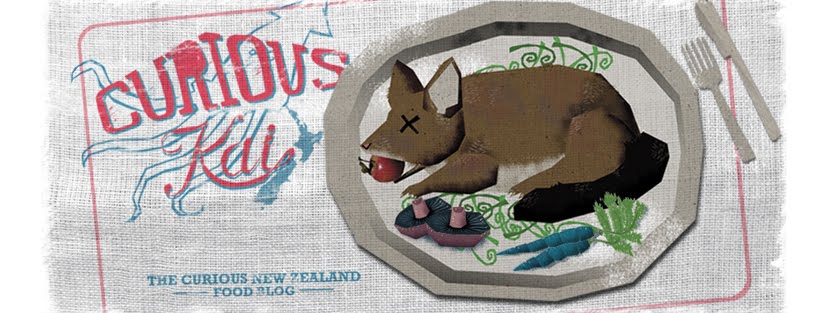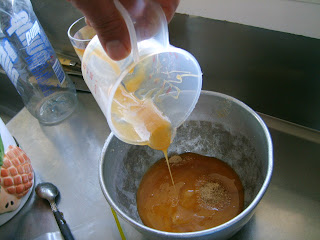
Whoa there, ginger!
A wee while ago, I made my first ever batch of ginger beer. Having spent the last two weeks maturing, it was now time to unearth it and subject it to the taste test.
The bottle was popped into the fridge the night before, so it was well and truly chilled. There was sediment at the bottom, so the bottle was tipped upside down to distribute it evenly through the liquid. Popping the cap, there was the strong smell of yeast. Lots of fizz too, so the cap's sealed well.

The colour looked just like a commercial brew; a good, earthy downbeat yellow colour. Still plenty of fizz after five minutes. Some floaties - just tiny pieces of ginger (I'm hoping).

And how did it taste? Fizzy. Not very sweet - in fact, rather dry and crisp. The ginger flavour was slight but it was very warming and spicy. It was a little disappointing, a six out of ten.

I have my second batch due for bottling this weekend. I've tinkered with the recipe somewhat, in an attempt to improve upon this batch; I've doubled the daily dosage ginger from one to two teaspoons to try to enhance the ginger flavour. I'm also considering increasing the sugar content that goes into the beer solution, as well as adding honey (I'm still working out how much of that to add - I'm doing this purely to add a little depth to the beer's flavour). It's been a fun little experiment and one I look forward to carrying on with. I'll add to this post when batch v1.1 is due for sampling - fingers crossed!



























